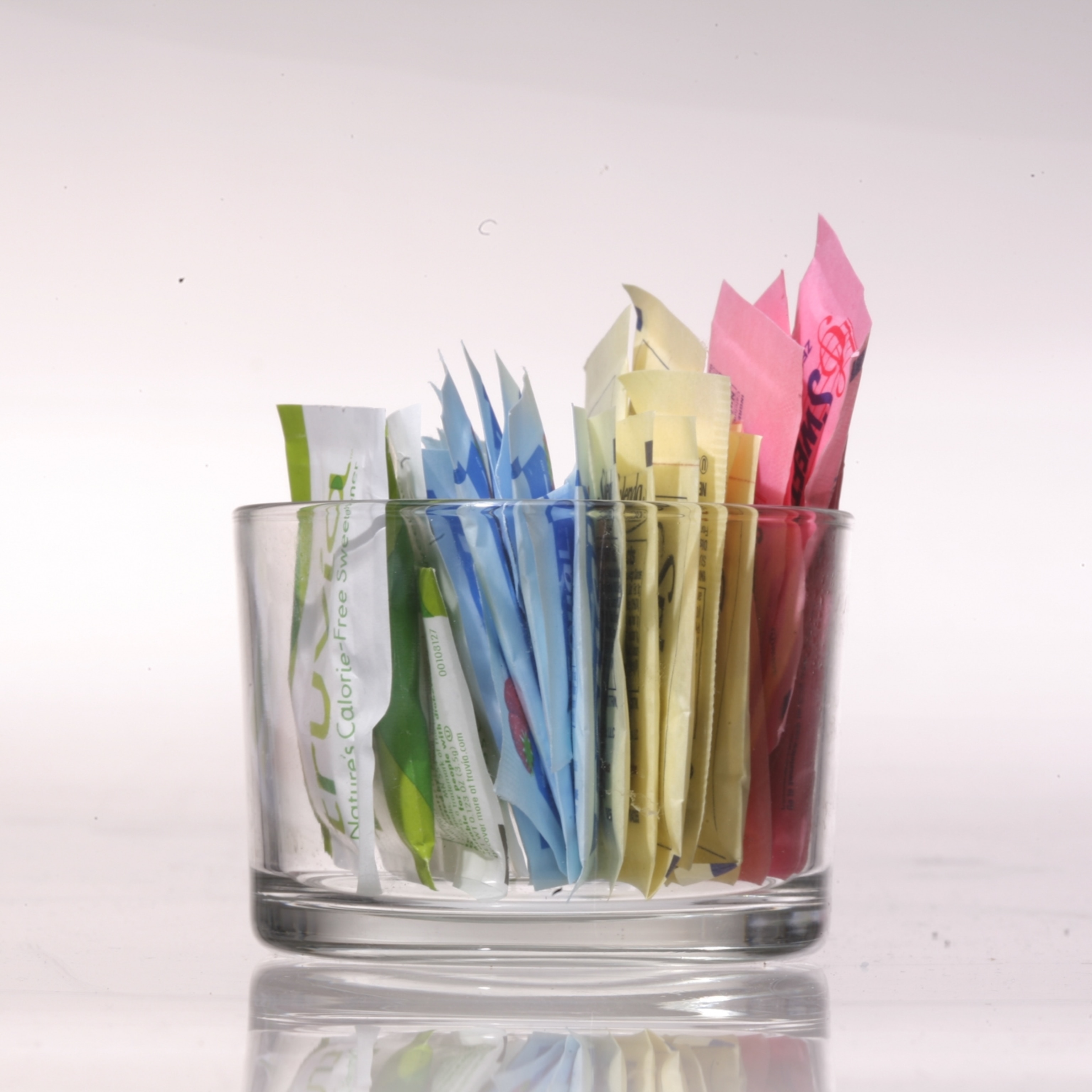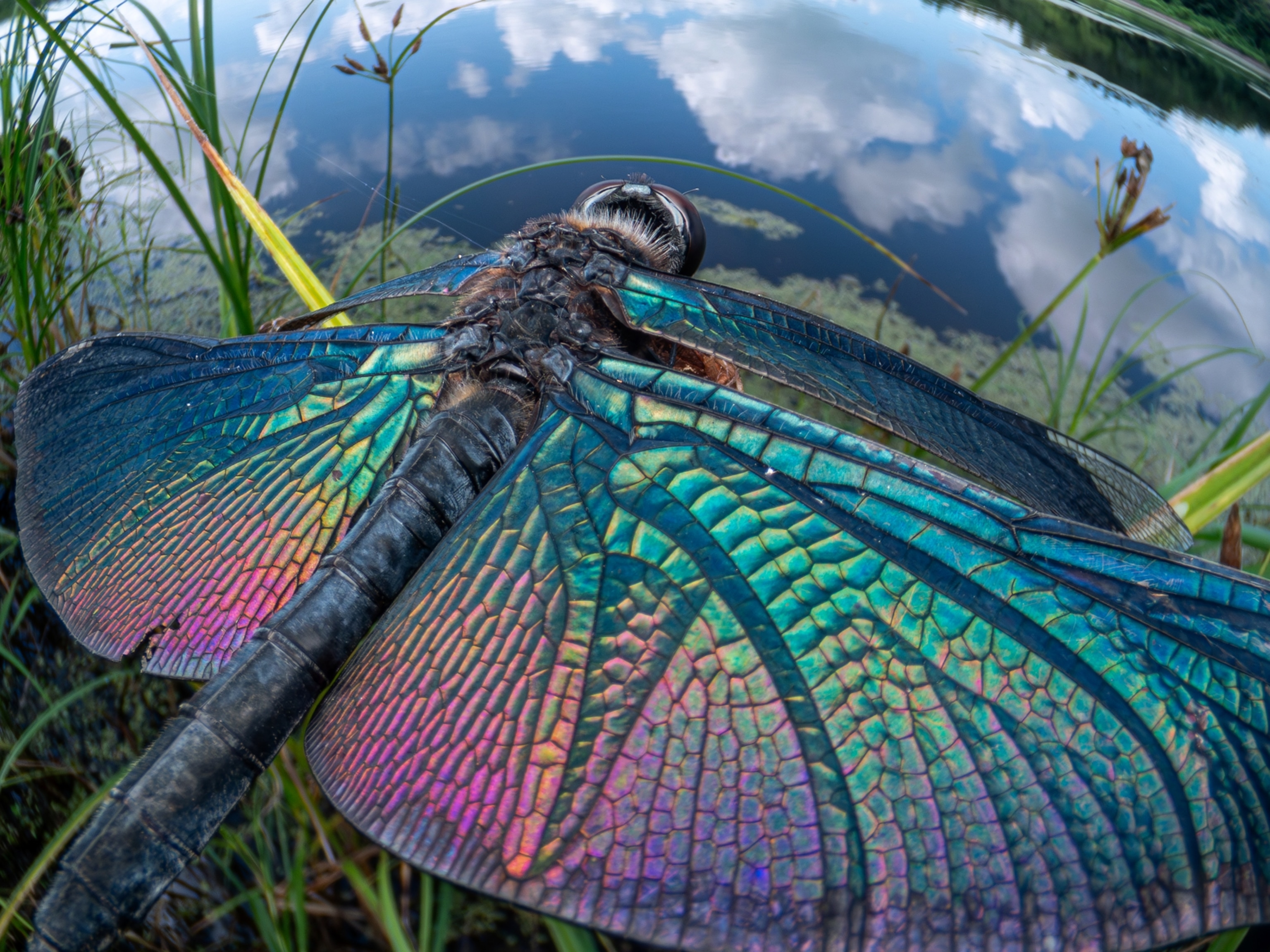
Dying Bees Spell Trouble for U.S. Agriculture
Perhaps the strangest way in which human beings have ever consumed honey is in the form of Mellified Man.
To make this creepy concoction, described in Mary Roach’s 2003 book Stiff, an elderly man essentially donates his body to medicine: for a month or more, he eats nothing but honey and bathes only in honey; then, upon his death, he is sealed in a stone coffin filled to the brim with honey. One hundred years later—mellification is a slow process—the coffin is opened and the contents decanted. A mere tablespoonful or two, according to the Chinese Materia Medica of 1597, will cure broken or wounded limbs.
Actually honey—minus the man—has a long history as a therapeutic, used since ancient times to treat everything from bedsores and burns to amputations and stab wounds. As medicine, it’s not a bad choice; honey has been shown to have anti-bacterial and antiseptic activity, which in part explains its phenomenal keeping power. Thousand-year-old jars of perfectly edible honey have been found in Egyptian tombs.
Honey is a sugar—a mix of glucose and fructose—and though it contains hardly any water itself, can absorb water from its surroundings. Most microorganisms, caught in honey, are as luckless as the saber-toothed cats that toppled into the tar pits—they’re sucked dry and smothered to death. Honey is also acidic, with a pH of about 3.5, which is similar to sauerkraut and makes it an unfriendly environment for bacteria. On top of all that, it contains a tad of bacteria that makes hydrogen peroxide.
How Is Honey Made?
This last is a by-product of the way honey is made, a process that takes place in the guts of bees. Honey begins as nectar, the sugary secretions exuded by flowers as tempting lures for pollinators. Foraging bees collect nectar in abdominal honey sacs, and return with it to the hive, where they squirt it into the mouths of helpful house bees. The receiving bees then concentrate the watery nectar, sucking it into mouth and crop, and regurgitating it repeatedly, 200 times or more. This converts nectar (30-40 percent sugar) to honey (a sticky 80 percent sugar); it also exposes it to a bee digestive enzyme called glucose oxidase that converts a fraction of the sugars to gluconic acid and hydrogen peroxide. The busy bees then pack the finished product into hexagonal wax storage cells in the walls of the hive, where it is intended to nourish bees.
People have been going to considerable trouble to lay their hands on the bees’ honey for millennia. A 15,000-year-old painting on the wall of Spain’s Araña Cave shows a prehistoric climber stealing honey from a bees’ nest, while surrounded by a swarm of large and annoyed-looking bees. The ancient Egyptians seem to have been the first to domesticate bees: a temple bas-relief from 2400 BCE is essentially a documentary on early beekeeping, tracing the process from hive to rows of sealed honey pots. The Egyptians passed their techniques on to the Romans, who enlarged upon them; in Virgil’s Georgics, a multi-volume instructional poem on agriculture, Book 4 is devoted to beekeeping.
Ancient Honey Recipes Are Peculiar and Bizarre
De re coquinaria (“On the subject of cooking”), the oldest known Roman cookbook, abounds with recipes that call for honey, among them honey cakes, honey sauces, myrtleberries in honey, chicken livers with honey, barracuda with honey, and lentils with honey. (There’s also a sleazy account of “How Bad Honey May Be Turned Into a Saleable Article” by mixing one part bad honey with two parts good honey.)
People not only ate honey, but drank it. The Greeks tossed down dozens of honey-based drinks, like mead and others made from honey mixed with something else. Mulsum, for example, was wine mixed with honey; rhodomel is roses with honey; omphacomel is grape juice with honey, and the questionable thalassiomel is seawater with honey. Mead was the drink of choice in northern Europe. Pliny the Elder wrote of the early Britons, “these islanders consume great quantities of honey-brew.” Beowulf, King Arthur, and the rampaging warriors in Valhalla drank mead.
Honey was our principal sweetener for much of human history. (Runners-up were boiled-down grape juice, date syrup, and—in North America—maple sugar.) Only in the 16th century, when sugarcane was introduced to the West Indies, did cane sugar take over as an available and affordable alternative.
Sugarcane and sugar beets now account for about half of American sweeteners; the bulk of the rest is high-fructose corn syrup. Honey these days is barely a drop in the worldwide sweetener bucket.
We get much more than honey, however, from the bees. We get a hefty percentage of our food.
Bees Control Our Food Supply
Honeybees pollinate plants that account for over a third of our food supply, such as: apples, pears, peaches, almonds, okra, alfalfa, beans, berries, broccoli, cauliflower, cantaloupes, watermelons, cabbages, peppers, eggplants, tomatoes, citrus fruits, and grapes. Without bees, there would be no strawberry shortcake, no blueberry pancakes, no salsa, and no wine. In an interview with Scientific American, entomologist May Berenbaum points out that, lacking bees, there would be nothing left of a Big Mac but the bun. (Wheat is wind-pollinated.) Cows (beef and cheese) are fed on bee-pollinated alfalfa and clover; lettuce and onions are bee-pollinated, as are the cucumbers used to make the pickles. “I don’t know what’s in special sauce,” adds Berenbaum, “but I’ll bet it requires bees.”
The bad news is that we’re rapidly losing bees.
In the fall of 2006, beekeeper David Hackenberg discovered that 360 of his 400 Florida hives were beeless. Such bee disappearances aren’t unprecedented; ever since people started keeping bees, they’ve been plagued by bee diseases, deaths, and disasters. In the general scheme of things, beekeepers can expect to lose up to 15 percent of their bees each winter. However, Hackenberg’s discovery proved to be the tip of a global iceberg. Suffering from what is now known as Colony Collapse Disorder or CCD, bees are vanishing from hives worldwide. Data from the winter of 2012-2013 showed an average loss of about 45 percent of hives across the United States, and in some places losses are even higher. Worried beekeepers refer to this as “beepocalyse” and “beemageddon.”
Why Are Bees Dying?
Nobody knows for certain what causes CCD. One possibility is pesticide poisoning; a popular culprit is a class of pesticides called neonicotinoids or neonics, adopted over the past 20 years to replace the far more toxic organophosphates. Still, it’s a complicated picture. In Australia and parts of Canada., where neonicotinoids are used extensively, the bees seem to be doing just fine. Another possibility is a destructive parasite, the varroa mite, that vampire-like sucks the “blood” (hemolymph) of infected bees. It may be that the effect of pesticides is indirect, weakening the bees, and making them more susceptible to mites and viruses. A third, and perhaps the most insidious, possible cause of CCD is the extensive destruction of bee habitat. Bees may simply not be getting enough food—or enough of the right kind of food—to survive.
Our honeybees are not native American bees. The honeybee Apis mellifera was introduced to America by European colonists in the 1620s. Along with the immigrant honeybee, the United States boasts some 4,000 different species of native bees. These—though many have also taken a hit from CCD—are capable of giving honeybees some pollinator back-up, provided we provide a bee-friendly environment. Studies by Claire Kremen and colleagues at the University of California at Berkeley indicate that restoring native habitat to massive monoculture farms substantially increases crop yields. In Michigan, for example, when multi-acre blueberry fields were interspersed with swathes of wildflowers, farmers got a lot more blueberries. Adding native bees to the pollinating mix also seems to give honeybees a boost: they get busier when faced with competition.
It sounds like the best thing we can do for bees is to give them more of what they need. “Plant more flowers,” says May Berenbaum. “And be a little more tolerant of weeds in the garden.”
And maybe mow a lot less lawn. Because there are a whole lot of foods out there that we sure don’t want to be without.
References
- Ellis, Hattie. Sweetness and Light: The Mysterious History of the Honeybee. Three Rivers Press, 2004.
- Nordhaus, Hannah. The Beekeeper’s Lament. Harper Perennial, 2011.
- Rosner, Hillary. “Return of the Natives.” Scientific American, September 2013.
- For May Berenbaum’s interview on the Scientific American podcast, Science Talk, see Bee Afraid, Bee Very Afraid.
- For an account of research with native bees and bee habitat, see Return of the Natives.
- Help count the bees! The Great Sunflower Project is a citizen science project in which thousands of annual observers monitor pollinators.








